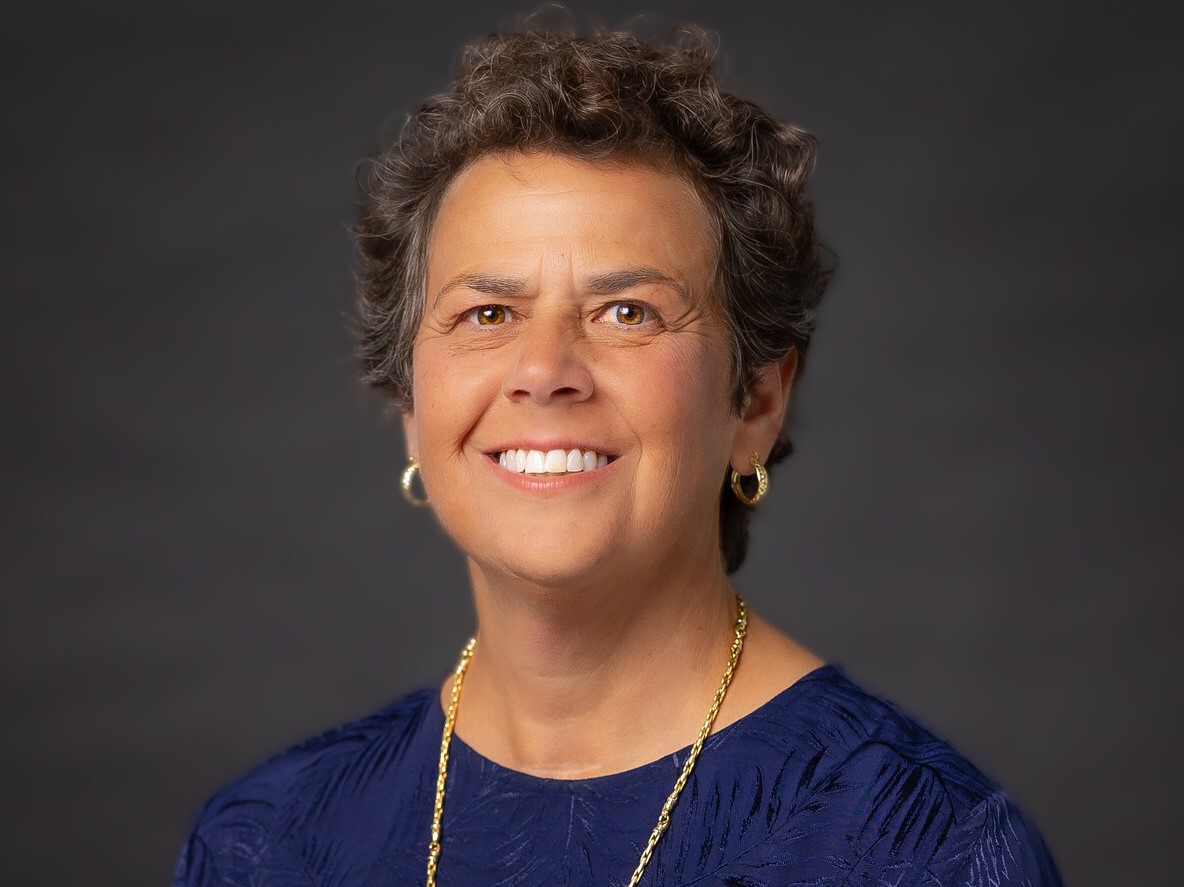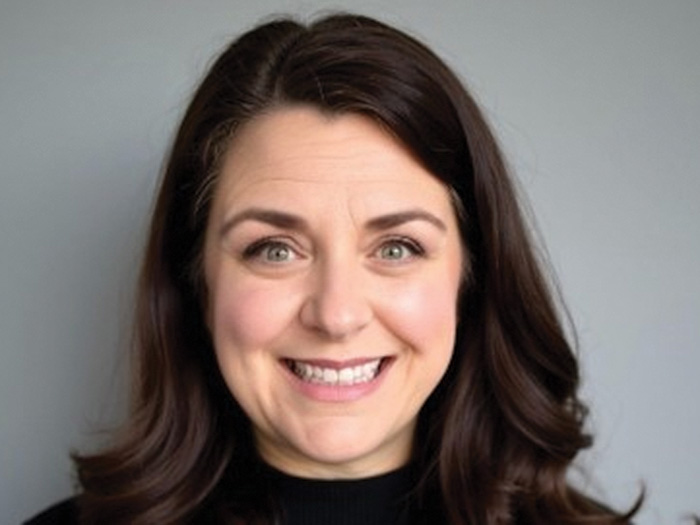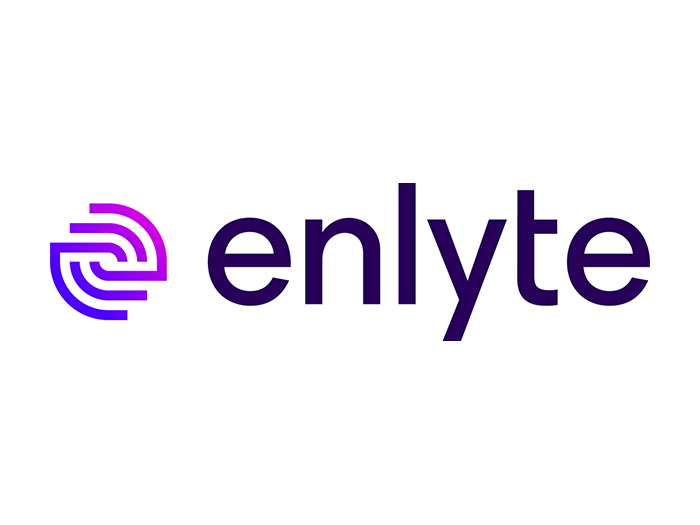Sponsored: State of Vermont
The Keys to the Success of Vermont’s Thriving Captive Insurance Industry

According to recent industry data, the global captive insurance market continues to expand, with formations driven by the need for customized risk management solutions amid rising traditional insurance costs. This growth presents significant challenges for domiciles, including maintaining regulatory standards while fostering innovation and trust among stakeholders. As the industry evolves, successful domiciles must navigate these dynamics to ensure long-term sustainability and credibility.
Sandy Bigglestone, Deputy Commissioner of the Captive Insurance Division at the Department of Financial Regulation in Vermont, shared insights into what sets Vermont apart. “Vermont’s approach is rooted in a few key elements: accessibility, transparency, integrity, and trust,” Bigglestone said.
“We see ourselves as partners in success while upholding the highest regulatory standards that we can.”
These principles form the foundation of Vermont’s success, addressing common industry hurdles like regulatory hurdles, stakeholder alignment, and the pressure to prioritize quantity over quality. By focusing on collaborative relationships, Vermont has built a resilient ecosystem that supports captive owners, service providers, and lawmakers alike.
Building Strong Relationships with the Captive Community

Sandy Bigglestone, Deputy Commissioner, Captive Insurance Division – Vermont Department of Financial Regulation
One of the primary challenges in the captive insurance sector is establishing and maintaining trust between regulators and industry participants. Without open communication, captive owners may hesitate to innovate or expand, fearing regulatory roadblocks or misunderstandings.
Vermont addresses this by adopting a partnership mindset that emphasizes accessibility and collaboration. “We view our role not just as regulators, but as partners in the success of captive insurance companies that we regulate,” Bigglestone said. “This needs to be grounded in mutual respect, transparency, and trust.”
Face-to-face interactions, whether in person or virtual, play a crucial role in this dynamic. Bigglestone highlighted how technology has enhanced accessibility: “Face to face now includes seeing people on screen, and in fact, we’re probably more accessible than ever before over the last five to ten years because of technology.” This adaptability ensures captive owners can engage easily, from pre-application meetings to board updates and conferences.
Feedback mechanisms further strengthen these ties. Vermont actively seeks input to refine its practices. “We’re always interested in having feedback because we take it seriously,” Bigglestone said. “We want to hear the good, the bad, what’s working, what isn’t working, and that informs our regulatory practices.”
By extending relationships globally, Vermont positions itself as a steward of best practices. “We’re recognized as a leader in the captive insurance industry in terms of regulation and domicile expertise,” she added. “More than ever, we are sharing that experience and expertise publicly.”
This approach not only builds confidence but also helps captive owners navigate evolving risks. For instance, through collaborative problem-solving, regulators work alongside stakeholders to find balanced solutions that support growth while upholding integrity.
“As a captive owner in the state of Vermont for the better part of a decade now, the direct access and timeliness of support for all of my company’s needs is rock steady with the Department of Financial Regulation,” said Gail Newman, vice president of risk management for Bright Horizons.
“I could indeed take my business to another domicile and perhaps save a few dollars, but I would not see the return on investment, maintain the reputational protection, and overall solid guidance I receive year over year if it were not for the Vermont team. The relationships and network that exists in Vermont is like no other,” she added.
Fostering Vital Partnerships with Professionals and Lawmakers
Another key challenge in the captive insurance industry is aligning diverse stakeholders, including service providers, associations, and government officials. Misalignment can lead to regulatory changes that hinder innovation or fail to address real-world needs.
Vermont tackles this by nurturing relationships across the ecosystem, including with the Vermont Captive Insurance Association (VCIA), captive managers, and lawmakers. “We strive for effective relationships with service providers and captive owners alike,” Bigglestone said. “They’re all part of the same universe of critical stakeholders.”
This collaborative environment benefits captive companies by providing comprehensive support. “When regulators and service providers and VCIA work together, captive companies are getting the expertise, the advocacy, and the support they need to succeed,” she explained. Partnerships often extend to educational initiatives on best practices and emerging topics.
The relationship with lawmakers is particularly productive, built over four decades through consistent engagement. “It’s about nurturing relationships,” Bigglestone said. “We work to keep them informed through engagement, at least on an annual basis.”
Lawmakers support the industry due to its economic impact, including jobs, tax revenue, and local economic boosts from conferences. “They back the captive industry because they see the real economic value it brings to Vermont year after year,” she noted. This shared pride fosters a unique environment where government and industry collaborate responsibly.
When implementing regulatory changes, Vermont conducts stakeholder analysis to ensure broad satisfaction. “We try to think of how amendments might be perceived or impact various stakeholders” Bigglestone said. “We take that into consideration and make sure it’s well vetted before making any change.”
These partnerships create a thriving ecosystem that remains relevant to risk managers and insurance companies. “Nurturing and fostering that ecosystem, with all stakeholder involvement, is important,” she added. By staying open to innovation and ethical practices, Vermont ensures its framework supports practical, forward-looking solutions.
Prioritizing Quality Over Quantity in Captive Formations
While numerical leadership is often celebrated in the captive insurance world, an overemphasis on volume can compromise governance and long-term credibility. Domiciles must balance growth with rigorous standards to avoid perceptions of lax regulation.
Understanding the numbers can be helpful in domicile selection, but it’s about the bigger picture. Vermont leads globally in captive formations and premium volume. “Last I checked, we’re still number one globally,” Bigglestone said. “We’ve licensed more captives so far this year than we had all of last year.”
However, success is measured by quality and sustainability. “Vermont prioritizes quality, and we always have,” she emphasized. “It’s in our mission. We also prioritize sound governance and regulatory integrity.”
This focus ensures well-managed companies and counters misconceptions through transparency. “Our goal is long-term partnerships and industry credibility, not a numbers race,” Bigglestone said. “All of this means that our work is focused on understanding our market and knowing our companies.”
By engaging stakeholders through pre-vetting, filings, and examinations, Vermont builds understanding and adds value. “We know what’s happening here,” she noted. “We know how to identify issues, what we need to do if things aren’t going right with certain companies, and how to work with them to get them back on track.”
“The regulators demonstrate a deep understanding of the captive industry and consistently provide clear guidance and timely support, making the regulatory process both efficient and constructive,” said Melinda Young, Vice President, Risk Management for Alberici Group.
As a result, Vermont’s approach demonstrates that professional relationships and quality regulation drive true success. “Trust and effective relationship building are the real measures of Vermont’s success—far more, I would say, than any other statistic,” Bigglestone concluded.
That statement was confirmed by yet another Vermont captive owner.
“The exceptional regulatory culture of the Vermont DFR emanates from its leadership and is reflected in every member of the staff,” said Julie Bordo, CEO and President of the PCH Mutual Insurance Company.
It is curious, responsive, collaborative valuing excellence and authentic relationships over narrow, rigid, oversight,” she added.
Looking ahead, as the captive insurance industry continues to evolve with new technologies and risks, domiciles like Vermont that emphasize partnerships and integrity will remain at the forefront. For risk managers and organizations seeking a reliable domicile, the benefits include sustainable growth, expert support, and regulatory confidence. “We remain relevant by keeping that approach and remaining a leader by listening, adapting, and supporting the industry with integrity and expertise,” Bigglestone said.
To learn more, visit: https://www.vermontcaptive.com/
This article was produced by the R&I Brand Studio, a unit of the advertising department of Risk & Insurance, in collaboration with State of Vermont. The editorial staff of Risk & Insurance had no role in its preparation.










